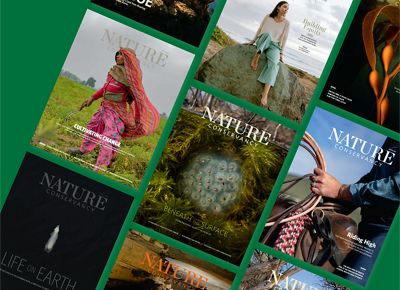Bobcat Alley
Fifty years ago bobcats vanished from New Jersey. Wildlife scientists reintroduced them, but to survive a changing climate and increasing urbanization, bobcats will need more room to roam.
Read feature stories from the most recent issues of the award-winning, quarterly membership magazine.

Want to dive into more of our incredible articles?
There’s lots more from Nature Conservancy magazine!
Check out more articles from our last issue!

Get a print magazine subscription with a donation to TNC